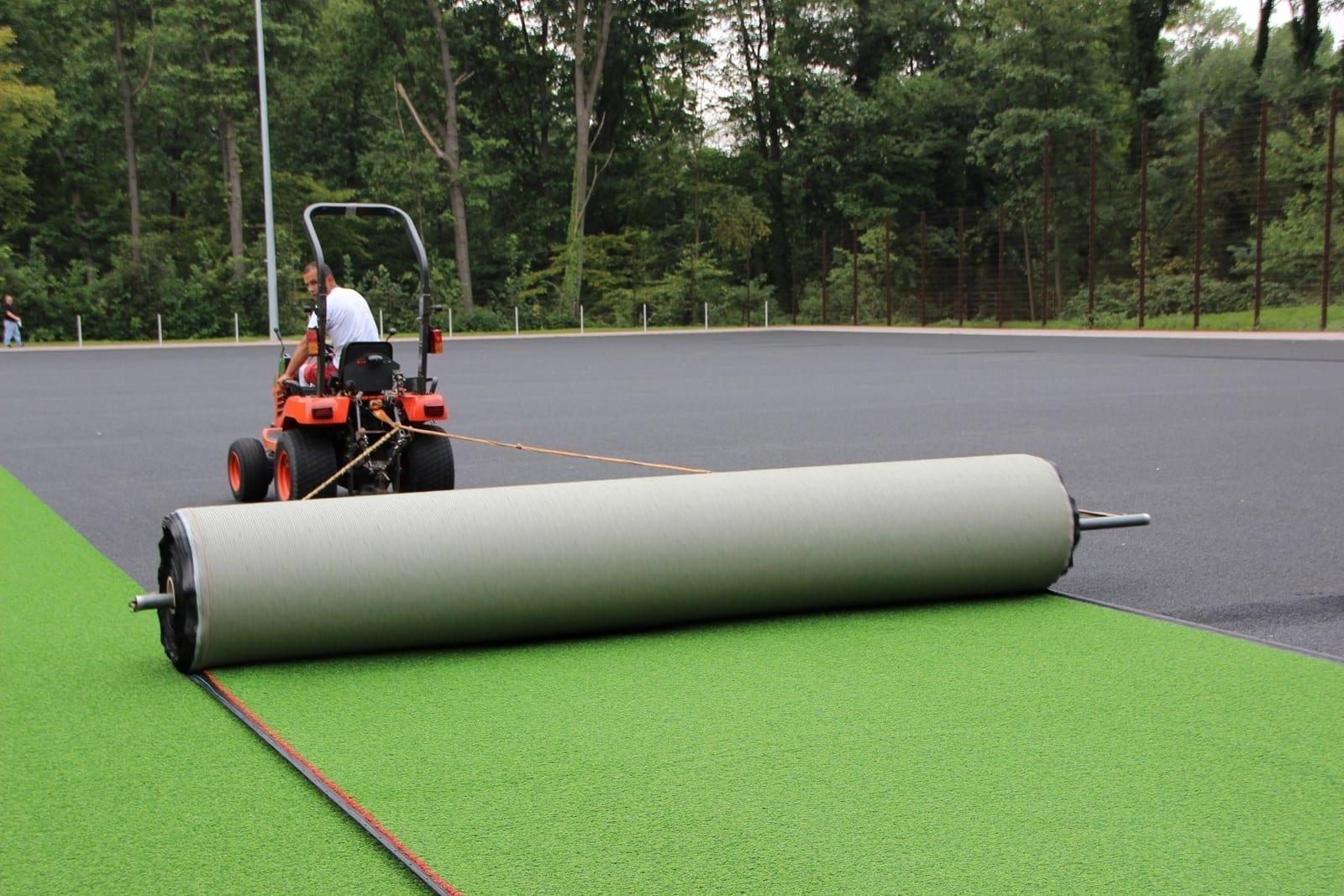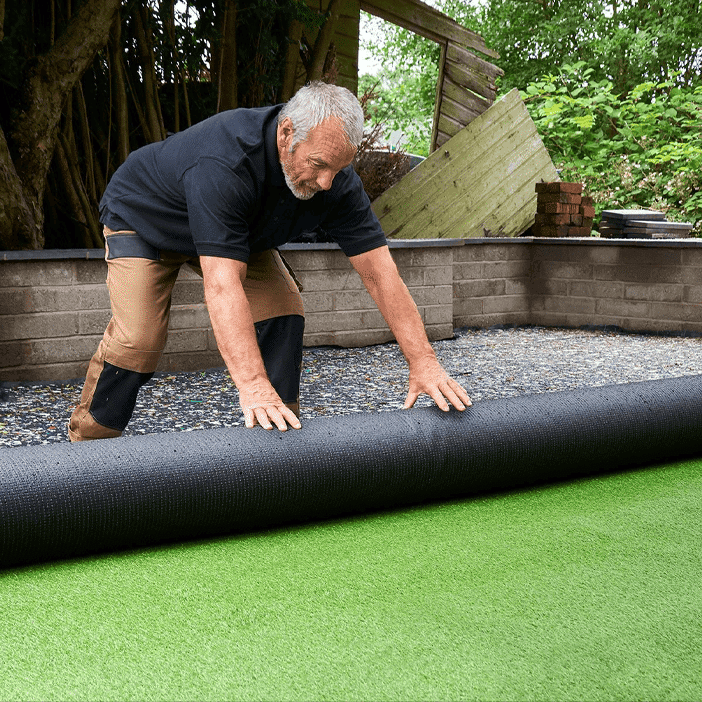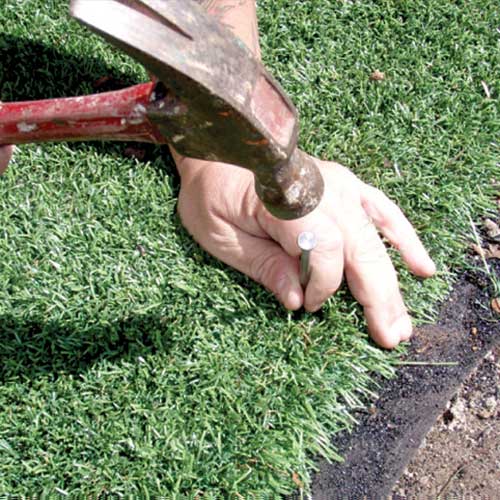Explore the Environmental Benefits of Opting for Synthetic Grass Solutions
The fostering of man-made lawn solutions presents a compelling possibility to resolve pressing environmental difficulties. By substantially decreasing water usage and minimizing the application of unsafe chemicals, these alternatives not just promote lasting landscape design however likewise shield regional environments.
Water Conservation Benefits
One of the most considerable advantages of artificial lawn is its ability to save water. In contrast, synthetic lawn does not require watering, dramatically minimizing the total demand for water resources.
By removing the demand for normal watering, fabricated lawn adds to lasting landscape practices and assists alleviate the ecological influence of too much water consumption. The conservation of water extends to the decrease of overflow, which can lead to dirt erosion and river air pollution.
Furthermore, the setup of fabricated turf enables home owners and municipalities to assign water resources more effectively, focusing on crucial usages such as drinking water and agriculture. The shift in the direction of artificial grass not just advertises responsible water usage but also lines up with broader environmental goals focused on maintaining all-natural resources.
As neighborhoods increasingly prioritize sustainability, the water conservation advantages of artificial grass provide an engaging instance for its adoption in residential and business landscape design projects.
Minimized Chemical Usage
The transition to synthetic grass significantly reduces the dependence on chemical therapies commonly used in all-natural turf upkeep. Traditional lawn monitoring generally includes the application of plant foods, herbicides, and pesticides to advertise development and control insects. These chemicals can pose dangers to human health and wellness, regional wild animals, and the environment, adding to dirt and water contamination.
In contrast, fabricated turf eliminates the need for these harmful compounds. By minimizing the release of artificial compounds into the environment, man-made lawn advertises much healthier soil and water systems.
Furthermore, the absence of chemical runoff related to synthetic grass installments aids secure neighborhood rivers from contamination, sustaining water life and maintaining biodiversity. Artificial turf companies phoenix. As neighborhoods progressively focus on lasting methods, choosing synthetic grass provides a feasible service that straightens with ecological conservation goals. Through this shift, homeowner can enjoy lush green rooms without endangering environmental health, paving the way for a much more lasting future
Lower Carbon Impact

Moreover, the installment of synthetic turf can cause considerable water conservation. Natural grass call for substantial amounts of water for watering, which not only includes in the carbon footprint linked with water removal and therapy but likewise stress neighborhood water sources. On the other hand, synthetic grass requires very little upkeep, requiring no watering, thereby dramatically lowering water usage and its connected energy expenses.
Furthermore, the durability of artificial turf adds to its reduced carbon influence. With a lifespan of as much as 15 years or more, the need for regular replacements is diminished, resulting in much less waste and reduced energy usage in manufacturing and throwing away standard turf options. Overall, fabricated grass offers a lasting alternative for ecologically conscious landscaping.
Environment Preservation
Habitat preservation is a vital factor to consider in the debate over landscaping selections, particularly when comparing synthetic grass to all-natural turf. Natural yard lawns usually require considerable upkeep, consisting of the use of Read Full Article herbicides, chemicals, and plant foods, which can adversely impact neighborhood ecosystems. These chemicals can seep right into the soil and waterways, damaging indigenous plants and fauna and disrupting local habitats.
Man-made grass eliminates the demand for harmful chemicals, thereby shielding neighboring wildlife and keeping the honesty of surrounding ecological communities. The installation of fabricated turf can lead to the conversion of former grass locations right into even more biodiverse landscapes, such as pollinator gardens or native plant areas, which can sustain regional wild animals.
Eventually, the transition to synthetic grass not only conserves water and reduces upkeep initiatives yet additionally fosters an extra harmonious connection in between human activities and the natural setting, advertising environment preservation at the same time.
Long-Term Sustainability
Long-term sustainability is an essential consider evaluating the benefits of synthetic grass over conventional lawn lawns. Among the most considerable advantages of man-made grass is its resilience; it can last as much as 15-20 years with minimal maintenance, whereas all-natural turf needs frequent reseeding and replacement. This long life lowers the requirement for continuous resources, such as water, fertilizers, and pesticides, which are vital for preserving a healthy and balanced turf yard.
In addition, synthetic grass adds you can look here to a reduction in carbon emissions related to lawn treatment equipment. Conventional lawns usually require gas-powered lawn mowers, leaners, and blowers, every one of which add to air pollution. Arizona artificial turf. On the other hand, synthetic lawn eliminates the need for such tools, advertising a cleaner environment
Moreover, the production of artificial turf significantly uses recycled materials, boosting its sustainability account. As manufacturers adopt eco-friendly techniques, the ecological impact of artificial turf proceeds to lessen.

Conclusion
The adoption of artificial turf solutions provides substantial environmental benefits, consisting of considerable water conservation, minimized dependence on unsafe chemicals, and a lower carbon footprint. Fabricated grass aids in preserving natural habitats by decreasing land disturbance and promoting long-term sustainability with the usage of durable materials. Collectively, these elements underscore the possibility of synthetic grass to add favorably to environmental health and supply a feasible alternative to Get More Info traditional landscape design methods in an increasingly resource-conscious globe.
In contrast, synthetic turf does not need watering, significantly decreasing the overall demand for water resources. By lessening the release of synthetic compounds into the ecosystem, synthetic turf advertises much healthier soil and water systems.
Additionally, the installment of fabricated grass can result in significant water preservation. In comparison, synthetic turf needs very little upkeep, calling for no watering, thereby significantly decreasing water usage and its associated energy prices.
